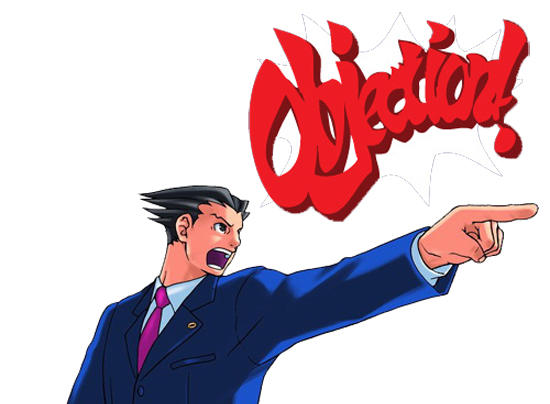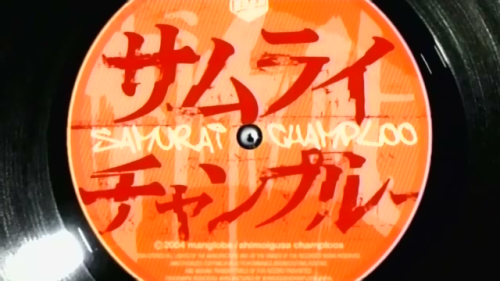Tuesday, March 27, 2012
カタカナ Literary Work Revision
Tuesday, March 13, 2012
OBJECTION!

Sunday, March 11, 2012
Sunday, March 4, 2012
Katakana can be used for a lot of different purposes. Most commonly, it is used for loanwords and expressing non-Japanese names in a Japanese context, but it is also used for emphasis. Its use for emphasis relies on the characteristics of katakana: the sharp, defined look and its phonetic nature which makes it perfect for brand names. More often than not, katakana is used for design purposes rather than to change the meaning of a word. However, since katakana is so striking, it changes the way we read words, even if only superficially.
Take for example this Suntory Malt Whisky Advertisement. The word かっこいい (meaning handsome, stylish, or cool), is in this case presented as カッコイイ. Notice the aesthetic of the ad as a whole. The image conveys a specific sharpness. The man's face is as well defined as the glass he's holding. And to match this image, katakana is used to make the word かっこいい look like it's definition. ガッコイイhas a much more defined look than its hiragana equivalent がっこいい. In the same way that typography is key to advertisements in English, choice of script is equally important to advertisements in Japanese. Katakana makes the ad's message more immediate and consistent, and consequently, very effective.
In addition to emphasizing Japanese words, katakana is very important for its use in brand names. This is an image of a record of music from the anime Samurai Champloo. Anime names are quite often written in katakana, to emphasize the sound of the name rather than its meaning, and to make it more readable (compared to kanji). Samurai Champloo is even stylized in romaji as well. Like the Suntory ad, the katakana has a sharper look than the equivalent さむらいちゃんぷるう. In this specific example, a sharper look is fitting given that the show is about samurai. Katakana was also used by the Samurai themselves, which makes it thematically appropriate.
This emphasis makes katakana in brand names incredibly popular. Whereas hiragana words have no identity but a strong meaning, katakana have a strong identity but very little meaning. "Champloo" is an Okinawan word meaning "something mixed" that is the name of a Okinawan stir-fry dish. While a few may know that and understand its relevance to the show, everyone can understand that Champloo distinguishes the name from other animes, which is why the katakana is such a good choice. Since the word "Samurai" is not unique to this series or especially uncommon, emphasizing Champloo is very important.
Our textbook readings describe katakana in different manners because while it is used for loanwords, emphasis, and onomatopoeia directly, its use in the categories serve a wider category of goals and bring with it a wider variety of meanings. All of them may explain the three cases in which katakana is used, but explaining why it is used is a more difficult task to do in such a short description, and is better grasped by looking at examples of katakana within Japanese culture.


